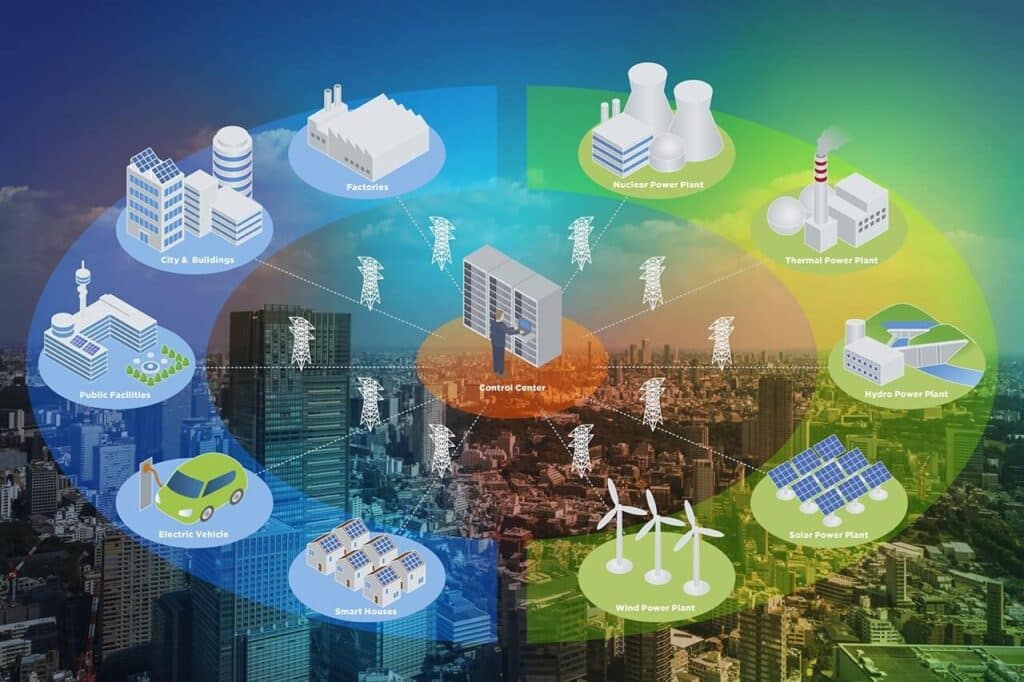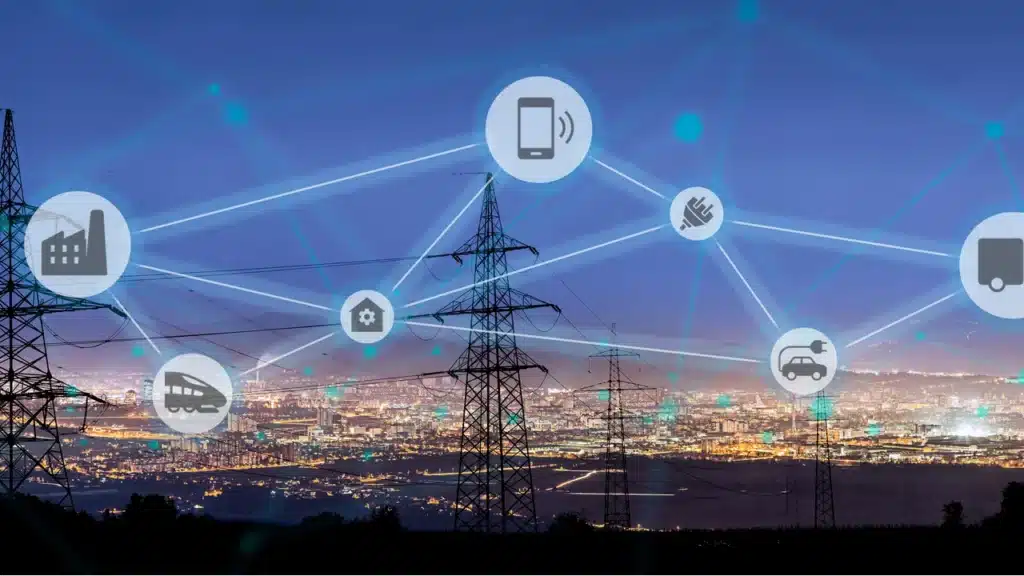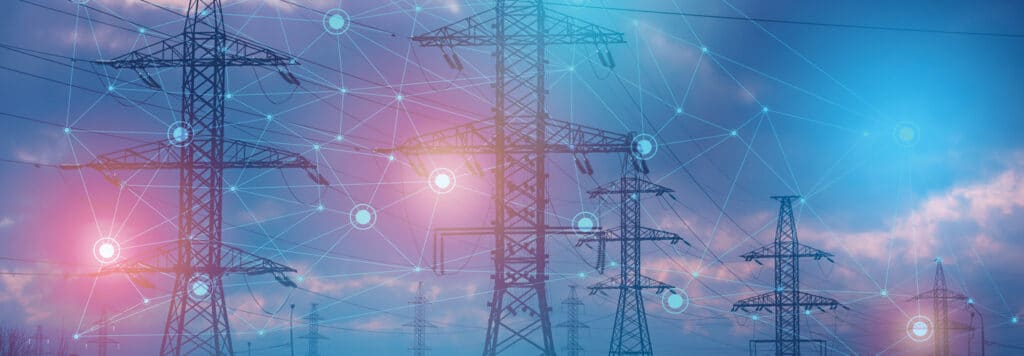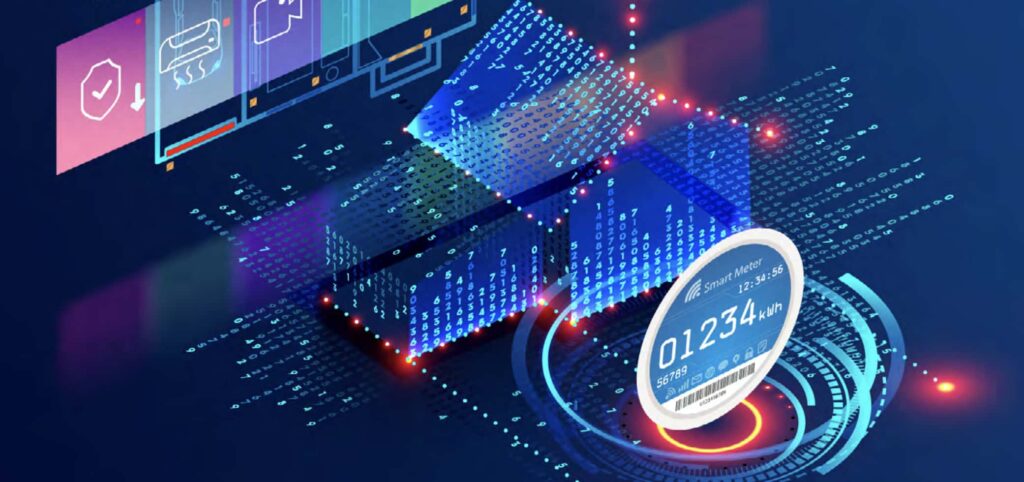Welcome to the era of smart grids, where traditional electrical grids are infused with cutting-edge technology to enhance efficiency, reliability, and sustainability. Smart grid technology harnesses the power of digital communication and automation to transform the way we generate, distribute, and consume electricity. Let’s enter the world of smart grids, exploring their key components, benefits, and the role they play in shaping the future of energy distribution.
Contents
What is Smart Grid Technology
The traditional electrical grid, while serving us faithfully for decades, has limitations when it comes to optimizing energy distribution. Smart grids emerge as a solution by leveraging advanced digital technologies, real-time data, and intelligent automation. At its core, a smart grid is a complex network that seamlessly integrates power generation, transmission, distribution, and consumption, empowering utilities and consumers with unprecedented control and efficiency.
One of the pillars of smart grid technology is its robust digital communication infrastructure. By enabling seamless and secure data transfer, digital communication forms the nervous system of the smart grid, facilitating real-time monitoring, control, and coordination across all grid components. Advanced communication protocols, such as Internet of Things (IoT) devices, wireless networks, and fiber optics, enable the exchange of data between power generation sources, substations, distribution systems, and end consumers.
Automation lies at the core of the smart grid revolution, empowering utilities to optimize operations, respond to dynamic demand patterns, and proactively manage potential issues. Intelligent automation systems, including advanced sensors, control devices, and artificial intelligence algorithms, continuously monitor grid performance, detect faults, and dynamically reroute electricity flow to minimize disruptions.
Automation streamlines grid management reduces human error, and enhances reliability, paving the way for a more resilient and responsive energy infrastructure.
Key Components of Smart Grid Technology
Smart grid deployment often involves replacing traditional meters with advanced metering infrastructure. These smart meters provide real-time energy usage data, enabling consumers to monitor and manage their electricity consumption effectively. Utilities also benefit from accurate billing, remote meter reading, and the ability to implement demand-response programs.
Next, we have Distribution automation systems that optimize the flow of electricity by remotely controlling switches, reclosers, and capacitors. These systems help minimize power outages, reduce response time to faults, and improve overall grid efficiency. By identifying and isolating faults, distribution automation enhances the reliability and grade of the electricity supply. On the other hand, EMS software platforms integrate real-time data from various grid components, allowing utilities to monitor and control grid operations more efficiently. These systems optimize power generation, manage demand, and facilitate effective energy trading. EMS helps balance supply and demand, integrate renewable energy sources, and enhance grid stability.
Lastly, Demand response programs engage consumers in actively managing their electricity usage during peak demand periods. By offering incentives, utilities encourage consumers to reduce their energy consumption when the grid is under stress. DR programs play a crucial role in load balancing, reducing the need for additional power generation capacity and promoting energy efficiency.
Benefits of Smart Grid Technology
Smart grids enable utilities and consumers to monitor and optimize energy consumption, leading to significant energy savings. Real-time data, coupled with intelligent algorithms, empowers consumers to make educated conclusions about their energy usage, while utilities can identify and mitigate energy losses. Automation and real-time monitoring enhance grid reliability by minimizing power outages, rapidly detecting faults, and rerouting electricity flow. Smart grids are designed to withstand extreme weather events and respond to emergencies promptly, ensuring a more resilient energy infrastructure.
With the gaining penetration of renewable energy sources, smart grids facilitate the seamless integration of solar, wind, and other renewable sources into the existing grid infrastructure. Through advanced monitoring and control mechanisms, smart grids optimize renewable energy generation, store excess energy, and manage fluctuations in supply and demand. Smart grids unlock cost savings by reducing operational inefficiencies, minimizing energy losses, and optimizing grid investments. With real-time data on consumption patterns, utilities can allocate resources more effectively, resulting in lower overall costs and improved financial sustainability.
The Takeaway
Smart grid technology is a catalyst for transforming the energy landscape and ushering in a more sustainable future. As the demand for clean energy grows, smart grids play a pivotal role in accommodating increased renewable energy generation and fostering the adoption of electric vehicles. They enable the creation of microgrids and localized energy ecosystems that incorporate distributed generation and storage, giving communities greater energy independence and resilience.
Smart grid technology represents a paradigm shift in the way we generate, distribute and consume electricity. By integrating digital communication and automation, smart grids optimize energy distribution, enhance reliability, and support the integration of renewable energy sources. With their ability to empower utilities and consumers with real-time data and control, smart grids pave the way for a more efficient, resilient, and sustainable energy future.




